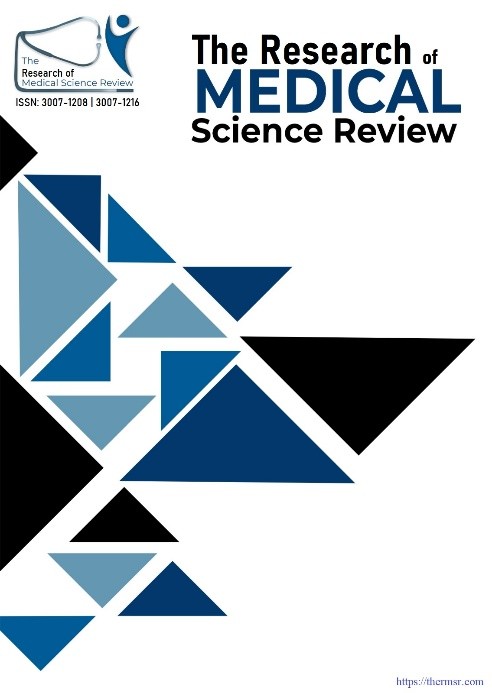ROLE OF BIOACTIVE SCAFFOLD AND BLOOD FLOW RESTRICTION TRAINING IN MUSCLE STRENGTH, HEALING AND PROPRIOCEPTION AMONG PATIENT WITH ACL RECONSTRUCTION: A NARRATIVE REVIEW
Main Article Content
Abstract
Anterior cruciate ligament (ACL) injuries pose significant challenges in orthopedic and sports medicine, particularly in restoring full function, muscle strength, and proprioception. Traditional surgical reconstruction, while widely practiced, often fails to achieve complete recovery, resulting in low return-to-sport rates and persistent neuromuscular deficits. Emerging interventions, such as Blood Flow Restriction Training (BFRT) and bioactive scaffold-assisted repair, offer promising advancements in regenerative rehabilitation. BFRT employs low-load resistance exercises combined with vascular occlusion to enhance muscle hypertrophy and strength without placing excessive stress on healing tissues, making it especially effective during early rehabilitation. Meanwhile, bioactive scaffolds, such as those utilized in Bridge-Enhanced ACL Repair (BEAR), create a biologically active environment that supports ligament regeneration, preserves native mechanoreceptors, and improves proprioception. Together, these approaches address both the mechanical and biological aspects of recovery. Integrating BFRT with scaffold-based repair may provide synergistic benefits accelerating muscle strength restoration, enhancing neuromuscular control, and promoting intrinsic healing, thereby facilitating a safer and more effective return to function.
Downloads
Article Details
Section

This work is licensed under a Creative Commons Attribution-NonCommercial-NoDerivatives 4.0 International License.
